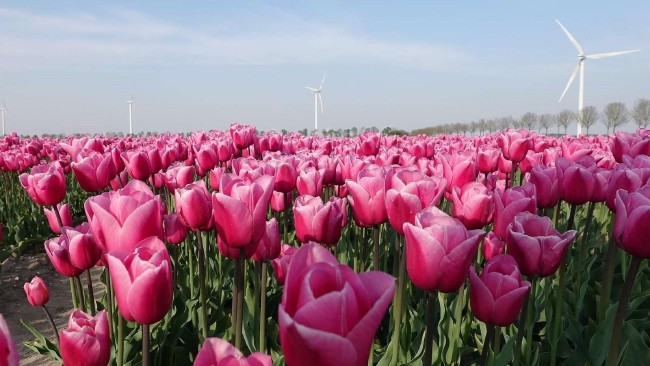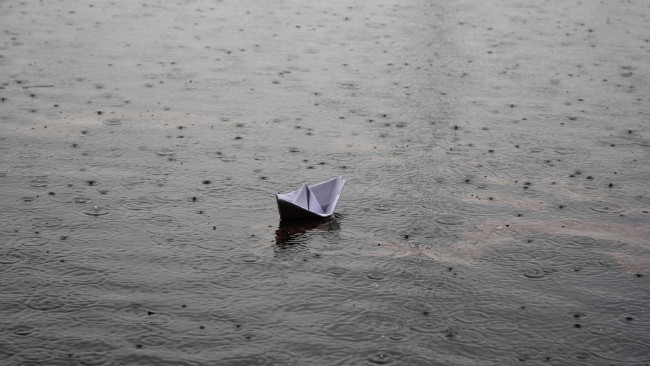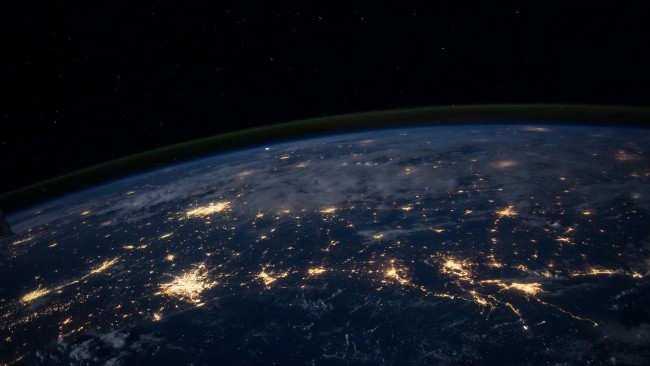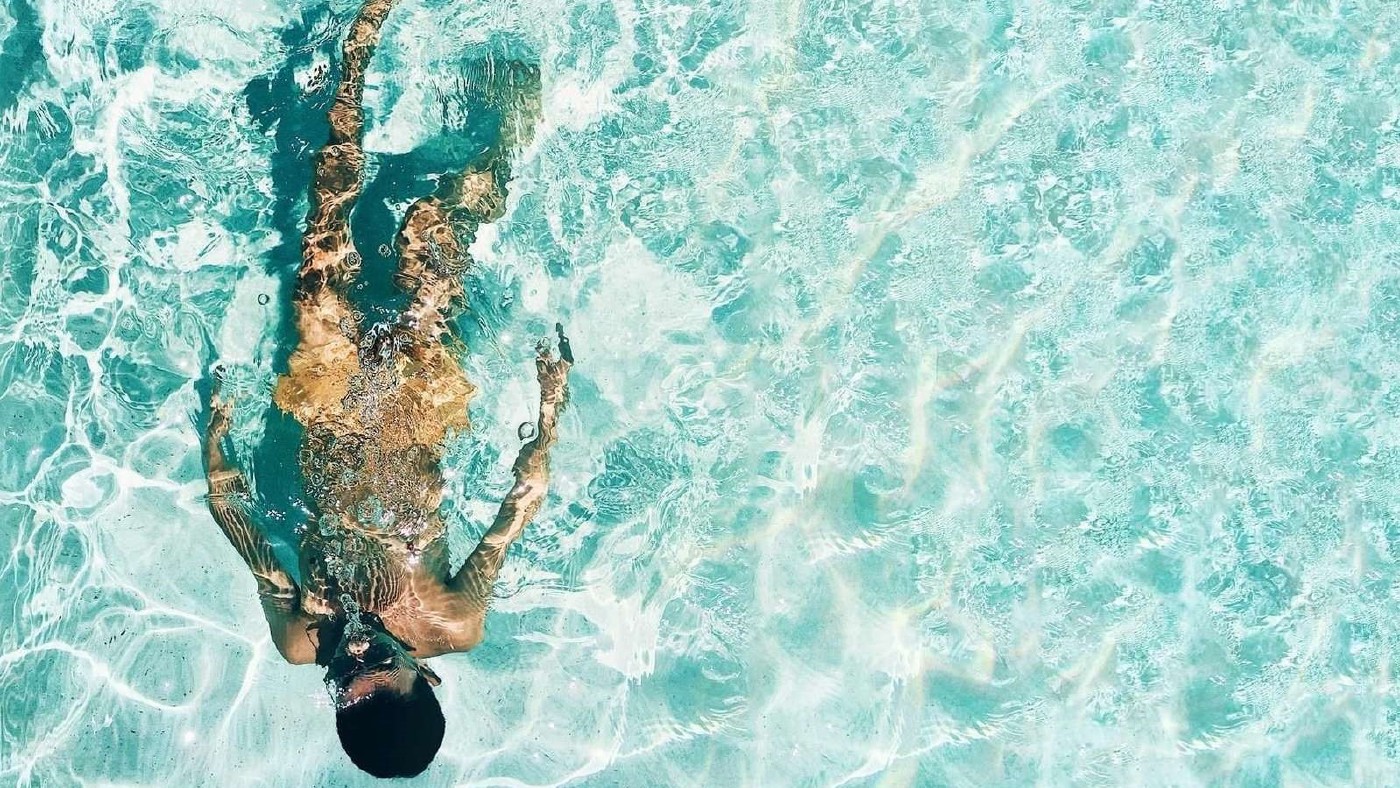
🌞 Sunscreen and Steel
Hola 👋 Did you know? A two-decade-long research project found that seagrass is a particularly effective carbon sink - even more than trees - on top of purifying the water and creating self-sustaining habitats for marine wildlife.
📈 Uplifting Trends and Facts
- Denmark and Costa Rica want to create an alliance of nations dedicated to accelerating the end of fossil fuels. Their goal is to set up a date to phase out fossil fuels and end oil and gas exploration.
- On the brink of extinction in the 70s, the humpback whale has since recovered, and the population is now almost at the same level as before whaling began in the 1700s, thanks to a ban on commercial whaling in 1986.
- Two-thirds of the global population now live in countries where renewables (i.e. solar or wind power) are cheaper than fossil fuels.
- Nearly 15% of global land is now protected. These 20 million square kilometres support the livelihoods of more than a billion people worldwide.
- In 2007, the Nepalese constitution granted universal education. Today, more than 87% of Nepalese children go to preschool, against only 1% in 1983.
🌱 The Company That Creates Steel Without Using Coal
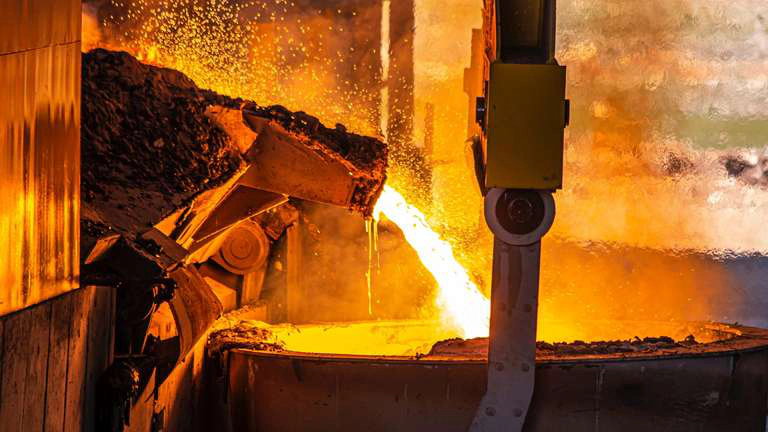
In Sweden, SSAB, LKAB and Vattenfall launched HYBRIT (Hydrogen Breakthrough Ironmaking Technology) to develop a fossil-free value chain for iron and steel production.
The Hybrit technology replaces the blast furnace process, which uses carbon, with a new process involving renewable electricity and fossil-free hydrogen, releasing water vapour instead of carbon dioxide.
This venture started in 2016 and recently delivered the world’s first “green steel” batch to the truck manufacturer Volvo AB as a trial run before full commercial production in 2026. Volvo will start the production of prototype vehicles and components from this green steel later this year.
Why does it matter? The Swedish iron and steel industry is already climate-efficient by international standards, but it still accounts for about 10% of Sweden’s carbon dioxide emissions and 7% of global emissions.
Hydrogen is expected to play a key part in the EU’s resolution to reach net-zero greenhouse gas emissions by 2050. Producing fossil-free iron and steel would then be a significant step towards reaching this ambitious but necessary goal.
🌞 The Spray That Could Keep Cities Cool
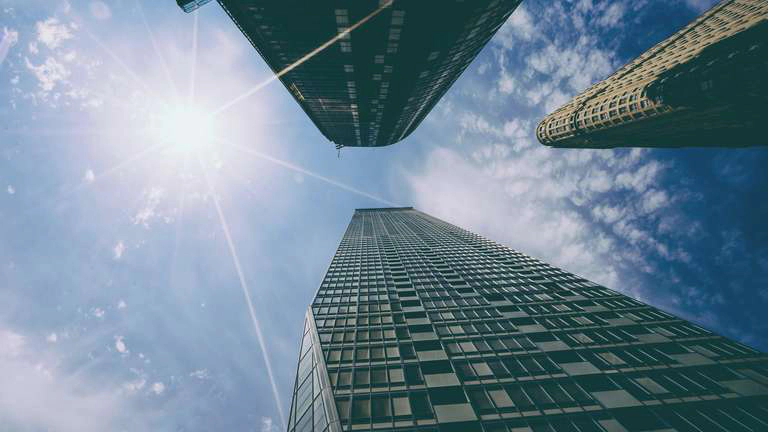
Pavement Technology Inc. created an “asphalt rejuvenator” that can reduce heat absorption, remove airborne pollutants and make the road more resistant.
Developed in collaboration with Louisiana State University, the spray is based on titanium oxide, a compound used in many mineral sunscreens, white paints, and pharmaceuticals. Under UV rays, this component absorbs and disperses light and heat, giving the spray its cooling ability.
Moreover, the spray’s “photo catalytic technology” removes nitrogen oxides (NOx), volatile organic compounds (VOC), and other pollutants released by thermic vehicles. According to the company, 1 mile of sprayed pavement can have the same air quality benefits as planting 20 acres of trees.
Cities throughout the US are currently experimenting with this technology under the supervision of researchers at Texas A&M University. Meanwhile, an early experiment at Orlando International Airport suggests that the spray could cut NOx pollution by half.
Why does it matter? Heavily built-up areas often experience what is called the “heat island effect.” In these neighbourhoods - mostly located in low-income areas - heat absorption from buildings and pavement can leave the area up to 4.4 degrees hotter than areas with more trees and green spaces. With the current climate-change-induced heatwaves, this phenomenon could quickly become unsustainable for people who do not have the means to relocate to healthier places.
Adding trees and green spaces is a longer-term solution for tackling the heat island effect and making these neighbourhoods easier to inhabit. In the meantime, this spray technology can have major public health benefits and lower locals’ energy bills.
🎯 The Pick
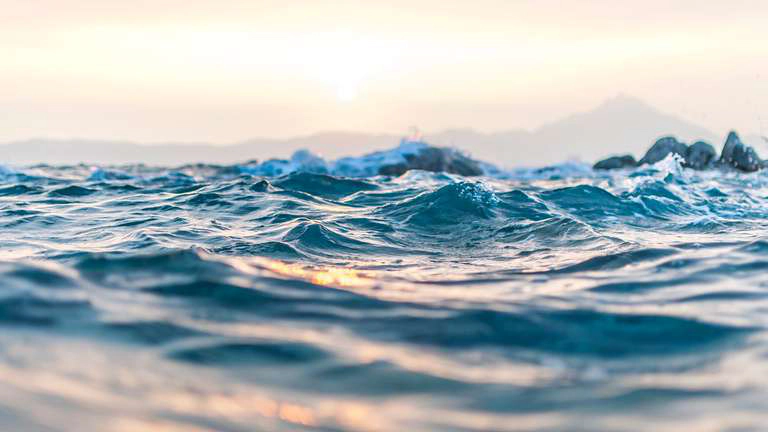
Fionn Ferreira, a chemistry student at the University of Groningen in the Netherlands, wants to fight microplastic pollution with magnetic water.
His innovation, which won the 2019 Google Science Fair, consists of using a mix of magnetized iron oxide and vegetable oil to attract plastic particles. Then, he uses a magnet to remove this mixture alongside the microplastics, leaving the water as pristine as possible.
After many experiments, Fionn realized that this method was 87% effective in removing microplastics of all sorts from water.
He now aims to scale this technology to have a tangible impact on global pollution. The idea is to capture microplastics from wastewater before it reaches the sea by building a capture system in water treatment and sewage facilities.
Why does it matter? Studies estimate the ocean contains 8.3 million pieces of microplastic per cubic metre of water. These microplastics, virtually impossible to remove through filtration, end up in the global food chain and, ultimately, on our plates.
Many projects are on a mission to remove microplastic from our oceans. Fionn innovation is straightforward, effective and highly scalable, which makes it particularly interesting in tackling this major issue.
🌍 Meanwhile, Worldwide…
🛢 The California-based company Charm Industrial is working to return the atmosphere to 280 ppm CO2 (against ~420 today) by converting biowaste into bio-oil and sequestering it deep underground. According to the company, every ton of bio-oil sequestered produces a net -1.44 tons of carbon dioxide across its life cycle.
🧇 In the UK, BioBite produces edible wafer coffee cups to cut single-use plastic and paper consumption. These cups can withstand high temperatures (up to 85 degrees Celsius) and stay crispy for up to 45 min. And, the best way to recycle them is to eat them!
💡 The Indiana Department of Transportation (INDOT) contracted the German company Magment to create a road that wirelessly charges your electric car while you drive. They hope to remove one of the last barriers to purchasing EVs (i.e. charging time).
🦋 Dutch design studio VenhoevenCS, landscape architecture agency DS Landschapsarchitecten, and solar energy firm Studio Solarix joined forces to design a system helping insects cross highways safely. The so-called “Butterfly Effect” envisions designing a web that blocks the air generated by passing vehicles. As a bonus, the web would also harvest solar energy with translucent photovoltaic surfaces.
🌳 The company Symmetry won the 2021 James Dyson Award with Pyrus, a petroleum-free wood alternative produced with bacterial cellulose waste obtained from the kombucha industry. Their products, including guitar picks and earrings, look like they’re made of exotic woods but did not require cutting any tree for their production.
😍 Wholesomeness

That’s a wrap. If you enjoyed this newsletter, please share it with your friends! For any feedback, reach out and drop a comment here or on our social media platforms :-)
Have an amazing week ahead 💗
Related Posts
🌷 Tulips and Swimming Pools
Hallo 👋 Did you know? Besides environmental results, investing in a marine protected area could yield a tenfold return on investment through benefits for biodiversity, fishing and tourism 🐠
☔ Stormwater and Kerosene
Hei 👋 Did you know? A 100-mile stretch of coral reef in Mexico is the first ecosystem to have its own insurance policy.
🐄 Kinetic Energy and Methane Masks
Kia Ora 👋 *Did you know? *The International Union for Conservation of Nature (IUCN) has recently upgraded the giant panda from “endangered” to “vulnerable.
